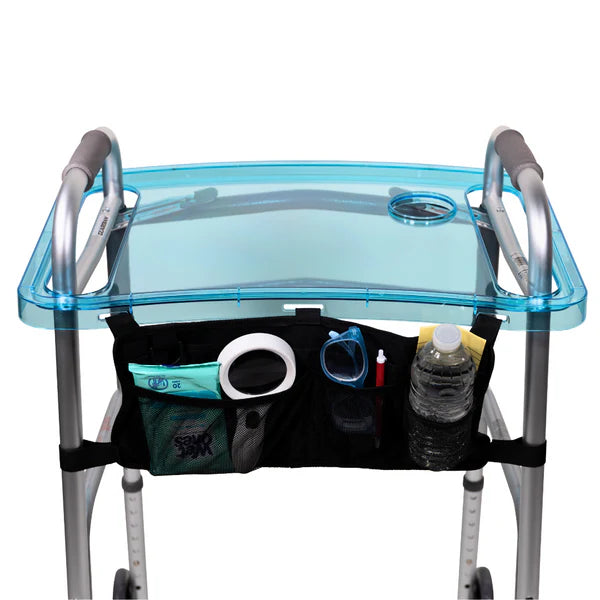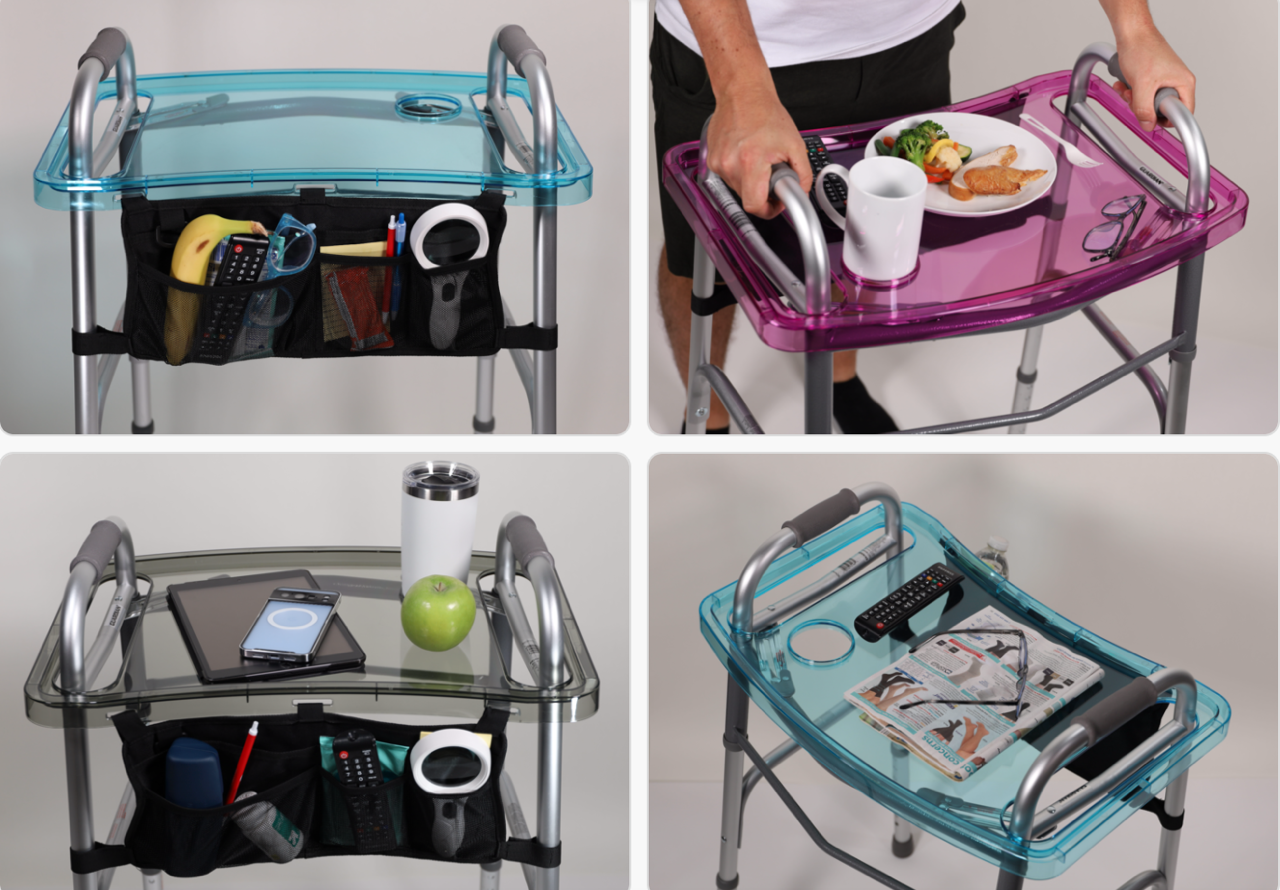As we age, our bodies tend to experience wear and tear, and mobility issues may become more apparent. Similarly, people with disabilities may find it challenging to move around freely, making it crucial to invest in the right assistive devices. One of these devices is an ergonomic cane. A cane can provide much-needed support and stability when walking or standing, but with so many options available, how do you choose the right one? In this article, we'll guide you through the process of selecting the perfect ergonomic cane to meet your needs.
What is an Ergonomic Cane?

Factors to Consider When Choosing an Ergonomic Cane
When selecting an ergonomic cane, several factors need to be considered. These factors include the user's height, weight, and mobility needs. Other factors include the type of handle, the type of grip, and the material of the cane.
Height
The height of the user is an essential factor to consider when choosing an ergonomic cane. The cane's height should be adjustable to fit the user's height comfortably. The user should be able to stand upright with the cane's handle at waist level. This ensures that the user maintains a good posture while using the cane.
Weight
The weight of the user is another crucial factor to consider when selecting an ergonomic cane. The cane's weight capacity should be able to support the user's weight without bending or breaking. Most ergonomic canes have a weight capacity of 250–300 pounds.
Type of Handle
The type of handle is an important consideration when choosing an ergonomic cane. There are several handle types, including the derby handle, the offset handle, and the palm grip handle. The derby handle is the most common type of handle and is best for users who need a comfortable and easy-to-grip handle. The offset handle is designed for users who need additional support and stability. The palm-grip handle is best for users who have limited grip strength.
Type of Grip
The type of grip is another important consideration when choosing an ergonomic cane. The grip should be comfortable and provide a firm hold. Some common grip types include the foam grip, the gel grip, and the silicone grip. The foam grip is the most common type of grip and is best for users who need a soft, cushioned grip. The gel grip is best for users who need a grip that conforms to their hands. The silicone grip is best for users who need a non-slip grip.
Material of the Cane
The material of the cane is an important consideration when choosing an ergonomic cane. Most ergonomic canes are made of aluminum or carbon fiber. Aluminum canes are durable, lightweight, and affordable. Carbon fiber canes are more expensive but are more lightweight and durable.
In conclusion, choosing the right ergonomic cane is crucial for seniors and people with disabilities who need assistance with walking or standing. The right cane can provide much-needed support and stability, reducing the risk of falls and injury. When selecting an ergonomic cane, it's essential to consider factors such as height, weight, type of handle, type of grip, and material of the cane. By considering these factors, you can choose an ergonomic cane that meets your needs and provides you with the support and stability you need to maintain your independence and mobility.






